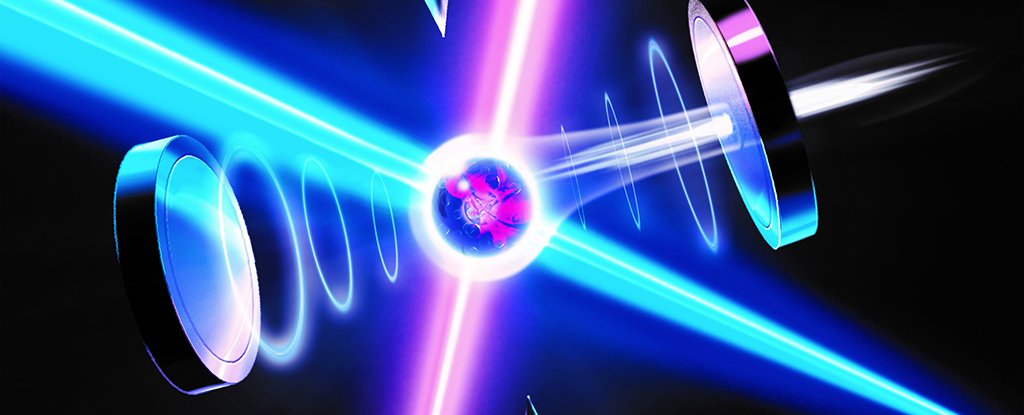Science Alert March 22, 2020
Defect-based quantum systems are often complicated by charge-state instabilities and interference by phonons, which can diminish spin-initialization fidelities and limit room-temperature operation. An international team of researchers (Hungary, Sweden, USA – Argonne National Laboratory, University of Chicago, IBM, Russia) has identified a pathway around these drawbacks by showing that an engineered quantum well can stabilize the charge state of a qubit. Using density-functional theory and experimental synchrotron X-ray diffraction studies they constructed a model for previously unattributed point defect centers in silicon carbide as a near-stacking fault axial divacancy and showed how this model explains these defects’ robustness against photoionization and room temperature stability. These results provide a materials-based solution to the optical instability of color centers in semiconductors paving the way for the development of robust single-photon sources and spin qubits…read more.
Open Access TECHNICAL ARTICLE

Qubit illustration. (ESA/Harald Ritsch)